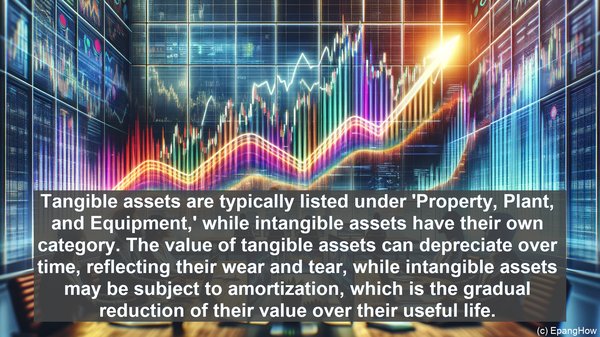Introduction: The Diverse World of Assets
Hello everyone! Welcome to our article on the intriguing topic of intangible and tangible assets in corporate accounting. When it comes to assets, they aren’t just physical objects. In the realm of business, assets can take on various forms, each with its own unique characteristics and value. Today, we’ll be focusing on the two broad categories of assets: intangible and tangible. Let’s dive in!

Defining Tangible Assets: The Physical Foundations
Tangible assets are the ones we can touch, feel, and see. They have a physical presence and are often the most obvious assets in a company’s arsenal. Examples of tangible assets include buildings, machinery, vehicles, and inventory. These assets are typically acquired for operational purposes and are crucial for day-to-day business activities. In financial reporting, tangible assets are recorded at their historical cost, which is the amount paid to acquire or produce them.

Exploring Intangible Assets: The Invisible Forces
Unlike tangible assets, intangible assets lack a physical form. They are the invisible, yet immensely valuable, elements that contribute to a company’s success. Intangible assets can include intellectual property, such as patents, trademarks, and copyrights, as well as brand recognition, customer loyalty, and even software. While intangible assets may not be tangible, they are just as important, if not more, in today’s knowledge-driven economy. Valuing intangible assets can be complex, as their worth is often derived from factors like market demand and future cash flows.
The Role of Assets in Financial Reporting
Assets, whether tangible or intangible, play a crucial role in a company’s financial reporting. They are a key component of the balance sheet, which provides a snapshot of a company’s financial health at a given point in time. Tangible assets are typically listed under ‘Property, Plant, and Equipment,’ while intangible assets have their own category. The value of tangible assets can depreciate over time, reflecting their wear and tear, while intangible assets may be subject to amortization, which is the gradual reduction of their value over their useful life. Both tangible and intangible assets are essential in determining a company’s overall net worth.
